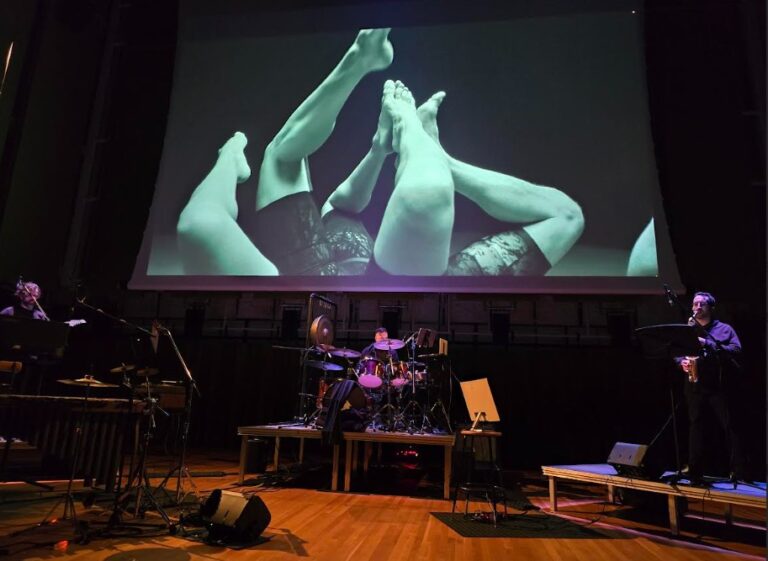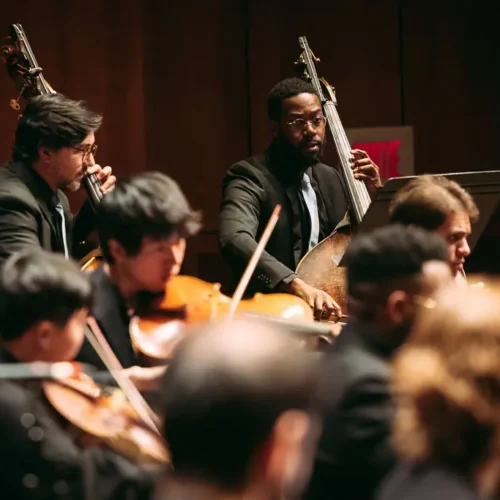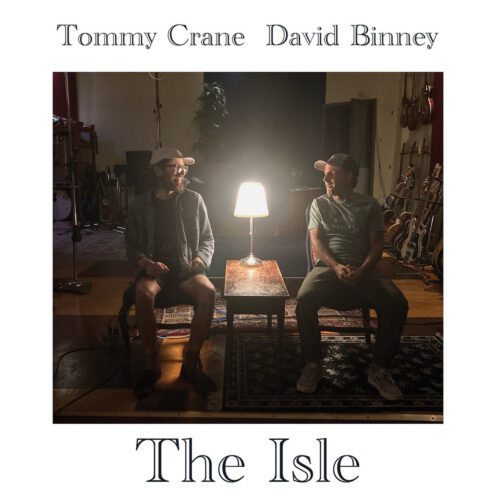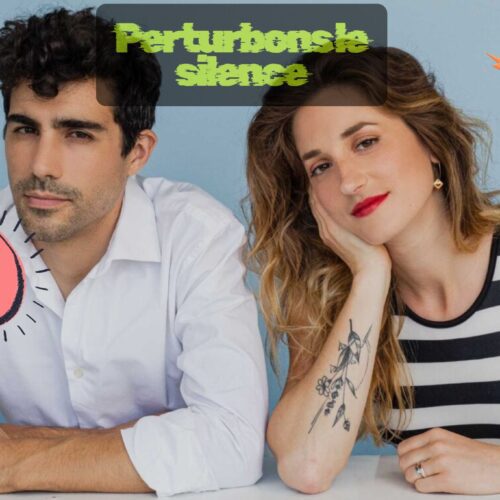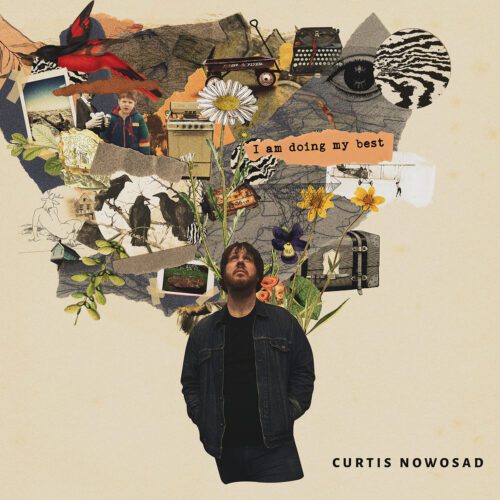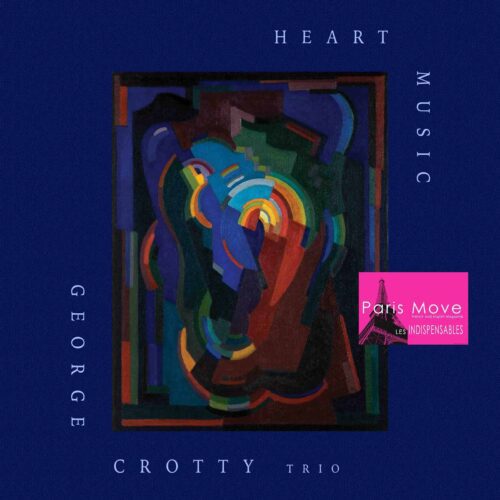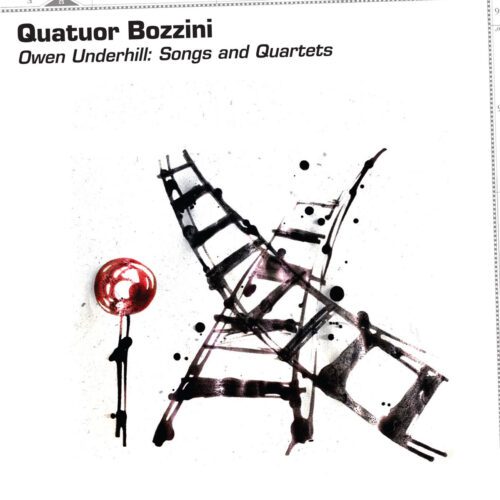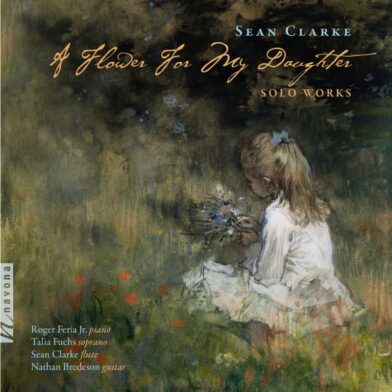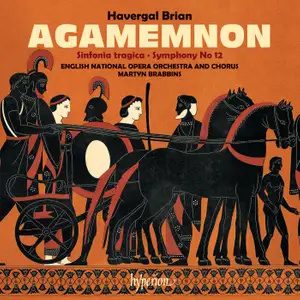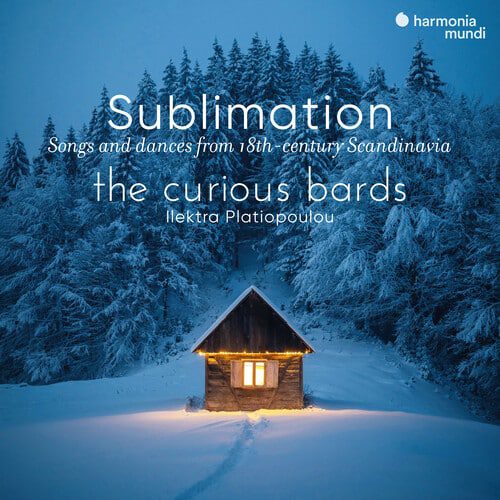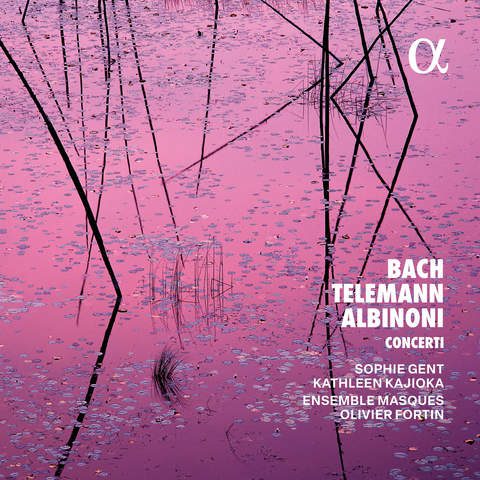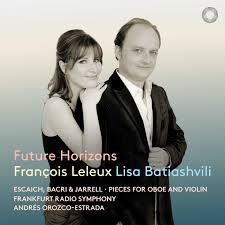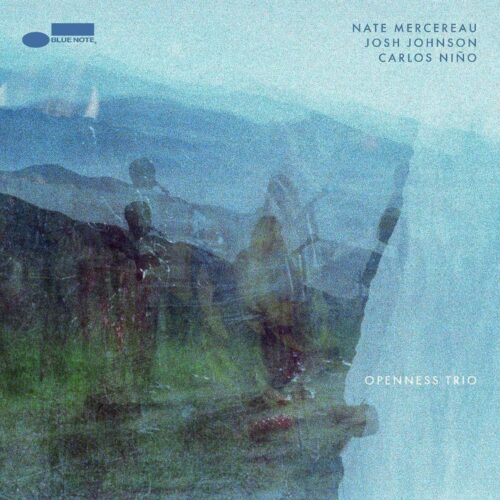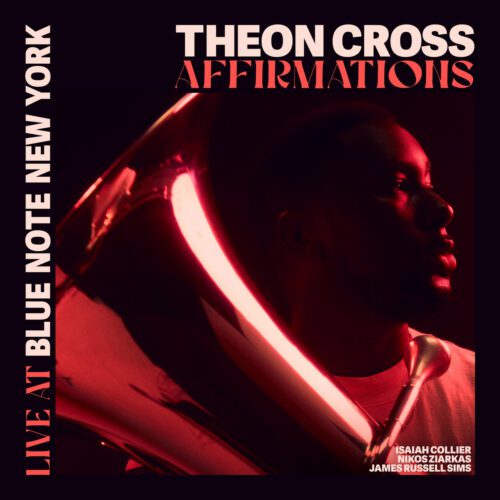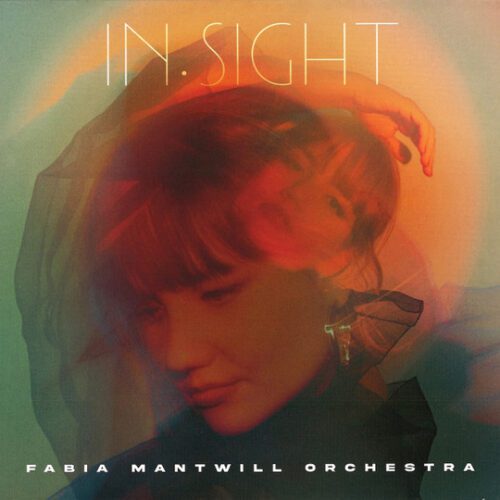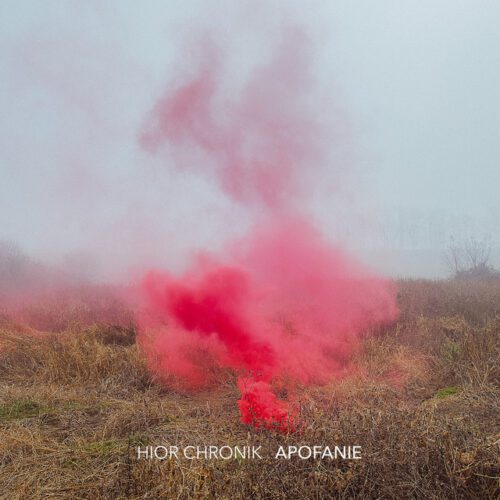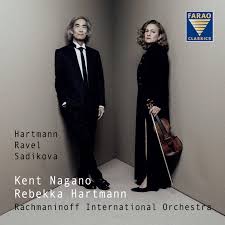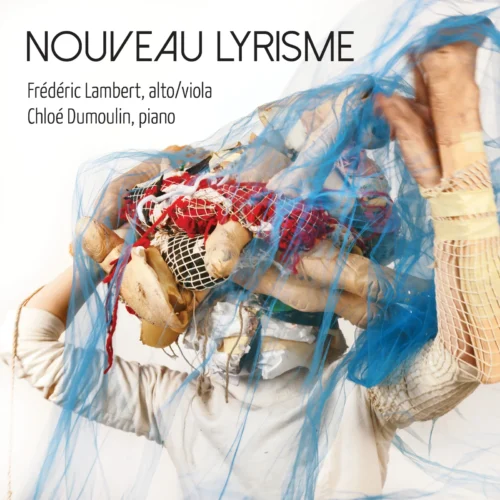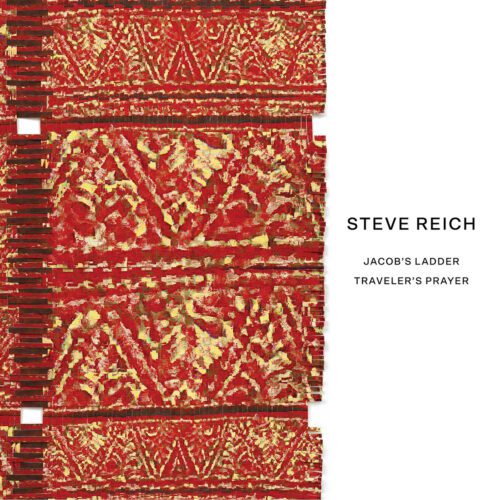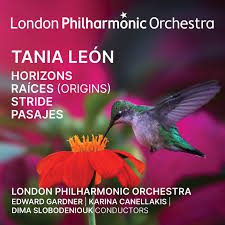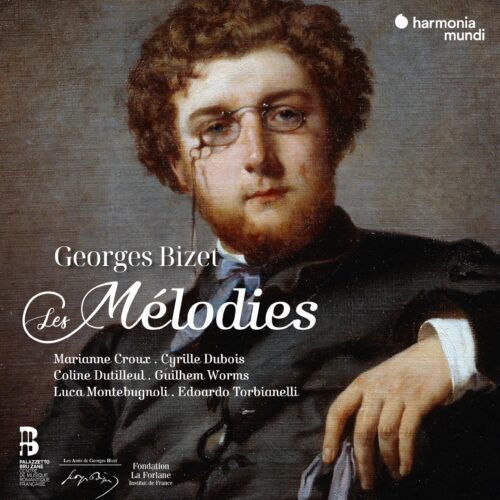Wednesday evening at the Music Multimedia Room (MMR) of McGill University’s Schulich School of Music, David Therrien Brongo, percussion, Louis-Philippe Bonin, saxophones and Alexandre David, guitars, gave us a convincing glimpse of a creative alliance between contemporary music of classical origin, contemporary jazz and… metal. A few weeks after the OSM’s Voiviod symphonique experiment, which sought to magnify a popular repertoire in an orchestral context, the metal aesthetic was invited this time to the SMCQ and its M/NM festival.
This program, with variable geometry for its performers, was not intended to be fundamentally metal, but rather a hybridization of aesthetics seemingly foreign to one another, but coming together after a long history of almost mutual ignorance.
Thus, the first work on the program, Rocío Cano Valiñ’s Átropos, a 9-minute piece composed in 2020-21, features the advanced techniques of alto and soprano saxophones and the percussive interventions of xylophone, drums and other cymbals. The interest here lies in the saxophone playing, reminiscent of the last decades of contemporary jazz in its textural and atonal advances, but without introducing us to anything new.
Ditto for True North, composed in 2007 by Andrew Staniland, which uses comparable techniques for the saxophonist, whose scores are distributed over 4 lecterns encircling the performer, all coated with electronic processing.
In 2016, Montreal composer (originally from Saskatchewan) Nicole Lizée imagined a work inspired by the Parents Music Resource Center organization, the Mothers of Prevention, to use the nickname suggested by Frank Zappa to taunt the censorship of these uptight mothers, once scandalized by hardrock, metal or hip-hop for their crude, explicit, sexual and sometimes violent language.
On the big screen, an archive film is gleefully butchered: Tipper Gore’s mother (then the companion of Albert Gore, ex-US VP) and Susan Baker, wife of James Baker, ex-US Secretary of State, are rightly ridiculed for the creative use of their ridiculous indignation.
We know that Nicole Lizée has mastered the use of cinema in her work, this time devoted to a written, jerky percussive language, dotted with sharp changes and punctuations of varying intensity, always in phase with the editing of this widescreen pamphlet, percussion and electroacoustic treatment.
In my opinion, however, the program’s greatest interest lay in its second part, two works fusing contemporary written music, contemporary jazz and metal. David Therrien Brongo then swapped his typical classical percussion paraphernalia for a typically metal drum kit, an instrument that had deeply seduced him before he took up advanced percussion studies. This virtuoso clearly doesn’t have a jazz background; the stature of his playing obviously excludes swing, and his qualities lie elsewhere, in the fusion of his metal playing with his classical percussion expertise.
Infinite Jest (Superpose III), a 7-minute work composed in2010 by Alexander Schubert for a power trio of sorts, was closer to musique actuelle/contemporaine in its lexicon and discursive framework: saxophone drawing atonal lines and belching out many sounds typical of free research; guitar also introspective, impressionistic, rather tenuous given its possibilities, and very contemporary drums based on a complex path defined by the composer.
The best piece on the program was the last: Delta, an 11-minute piece composed in 2024 by guitarist Alexandre David, paired this trio, of which he is one of the gunners, with a magnificent contemporary dance video.
The dancers’ performances were projected onto a large screen as they performed. A veil of synthetic textures covered these much more muscular impulses, which in no way precluded finesse in the writing. A total spectacle. This was the pièce de résistance, and certainly a source of inspiration for these musicians, who still have a lot to say if they wish to continue the experiment.
